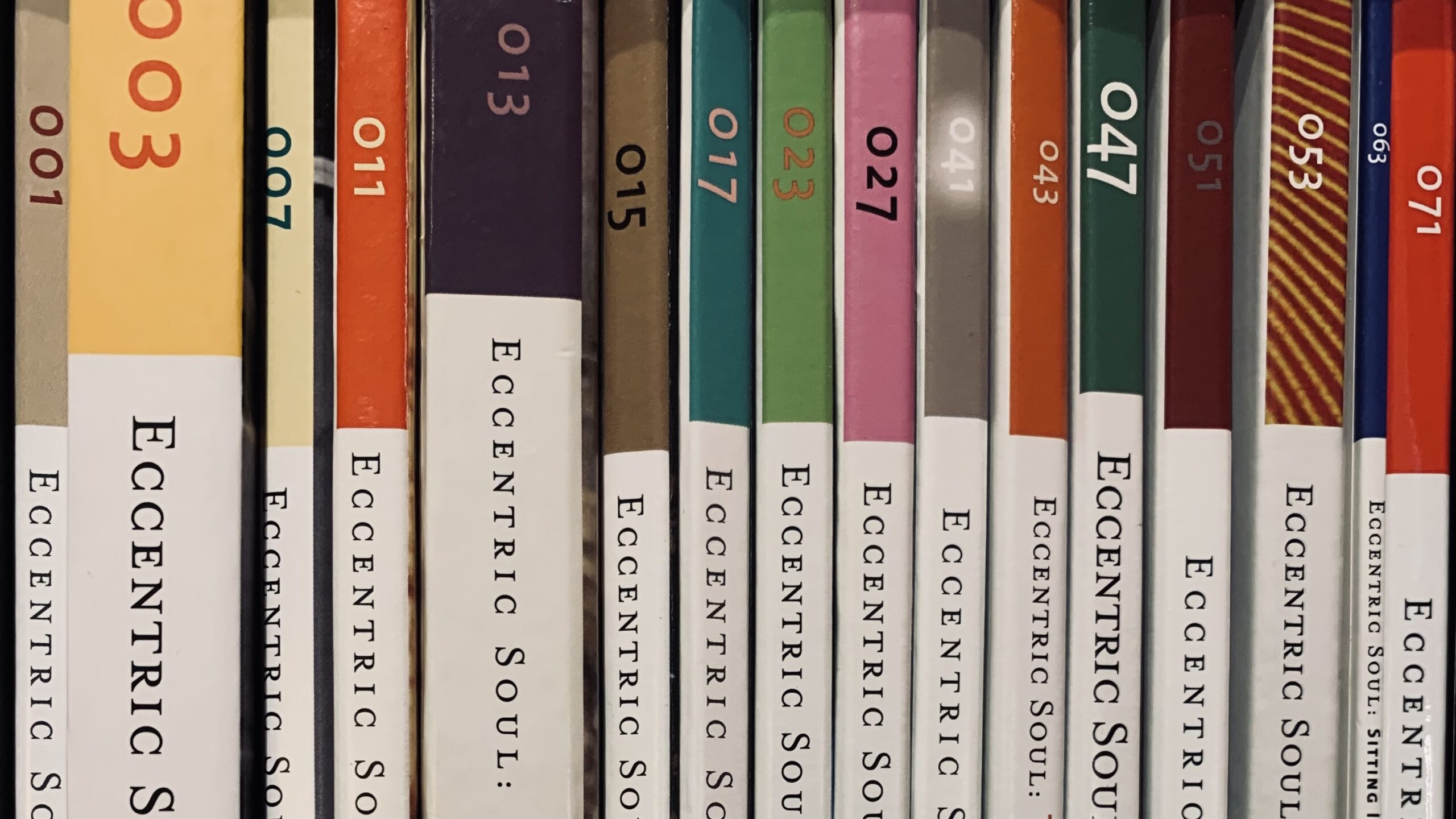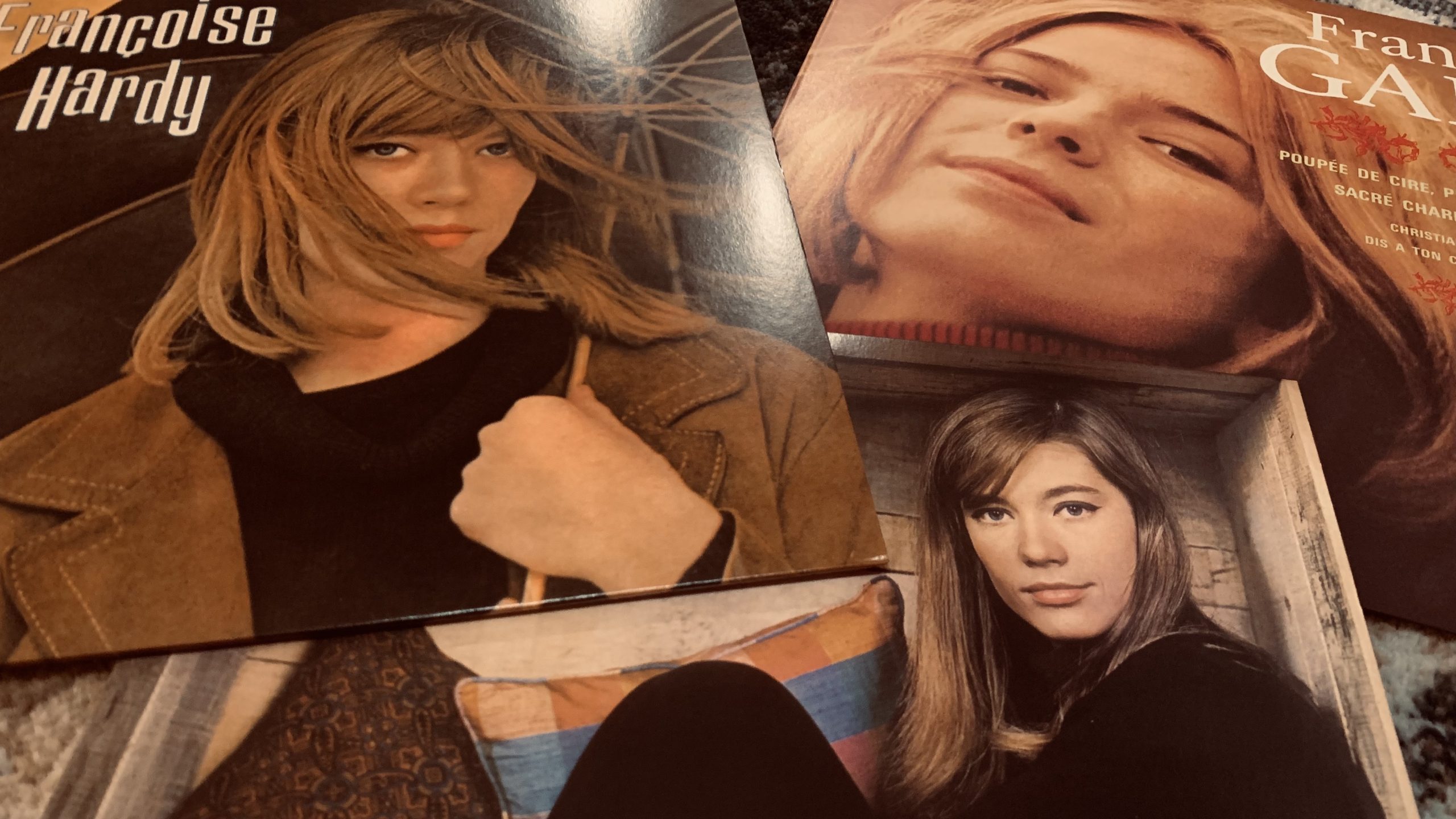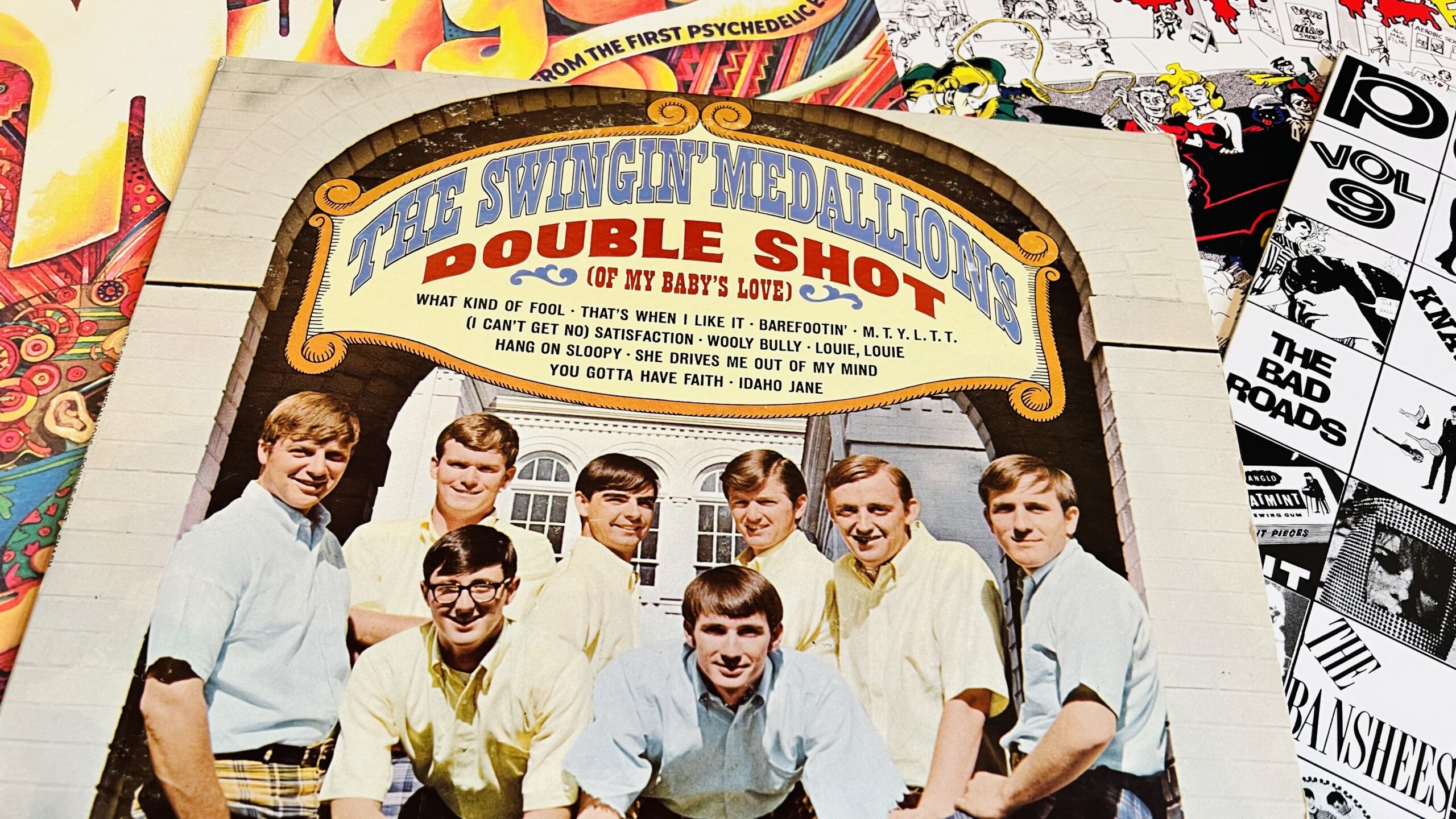
This introduction has been adapted from a previous installment of our A Century of Song project.
In 1966, while speaking to British journalist Maureen Cleave, John Lennon made his infamous “more popular than Jesus” remark. Lennon’s quip went virtually unnoticed in England, but it would set off a firestorm of controversy in the United States – particularly in the Deep South, where radio deejays, religious leaders, and concerned parents organized “Beatle bonfires,” in which the group’s LPs and memorabilia were ceremoniously burned in protest.
While thousands of Southern teenagers threw their Beatles records into bonfires, countless others clutched theirs tightly. Over the previous two years, the number of aspiring rock musicians in the states of Louisiana, Mississippi, Alabama, Georgia, and South Carolina had increased exponentially. Often in defiance of their parents, these young southerners acquired guitars and drums, grew their hair longer, and absorbed all that they could of the latest British and American rock music.
Lennon’s “Jesus statement” was merely a handy excuse for conservative southerners to stamp out an influence that had been irking them for years. Even before Elvis Presley became a national phenomenon, the increasing interest that southern white teens had begun to show in Black culture – primarily music – was perceived as a threat to the social, political, and cultural divide that increasingly-challenged segregation statutes had long kept in place. With the modern Civil Rights movement shifting into high gear after the landmark Brown v. Board of Education decision in 1954, many white southerners became increasingly paranoid about what exactly their children were being “exposed to.” When rock ‘n’ roll broke through in the mid-fifties, it instantly became one of their primary targets; and even a decade later, rock music remained a serious point of contention between southern teens and their parents.
Of course, rock music amplified the generation gap across the United States, but the stakes were particularly high in the Deep South. The pushback that this caused – plus other geographical and social factors that impact cultural diffusion – meant that southern bands often fell behind the pace of their counterparts in the rest of the country. In the midst of the rapidly-changing sixties, delays of even a few months could be monumental, and thus, few southern bands would reach the attention and notoriety of their competitors in California, New York, Chicago, or the Pacific Northwest.
This lag – slight as it may have been – would ultimately create a false perception of southern disinterest in the garage rock phenomenon. It’s a belief that would be slow to change, as even venerable garage compilations such as Nuggets, Pebbles, and Back From the Grave would give relatively short shrift to southern bands. Consequently, many of the recordings made by Deep South groups remain difficult to find, both in physical form and on streaming services. Regardless, southern teens and twenty-somethings definitely did make their own meaningful contributions to sixties garage rock, and often while facing great resistance from figures of authority. Here is some of the best of what they created.
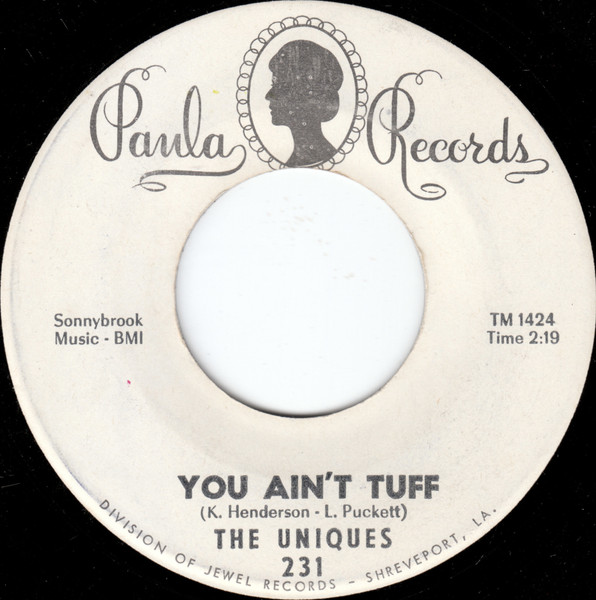
Fronted by eventual country hit-maker Joe Stampley, The Uniques were one of the more successful bands to emerge from Louisiana in the wake of the British Invasion. 1965’s “You Ain’t Tuff” features a solid vocal from Stampley, some cool vibrato guitar bends, and an appealing mid-tempo pace. It would be repurposed as the opening track to the group’s 1966 LP, Uniquely Yours, and it makes for a strong entry point here.
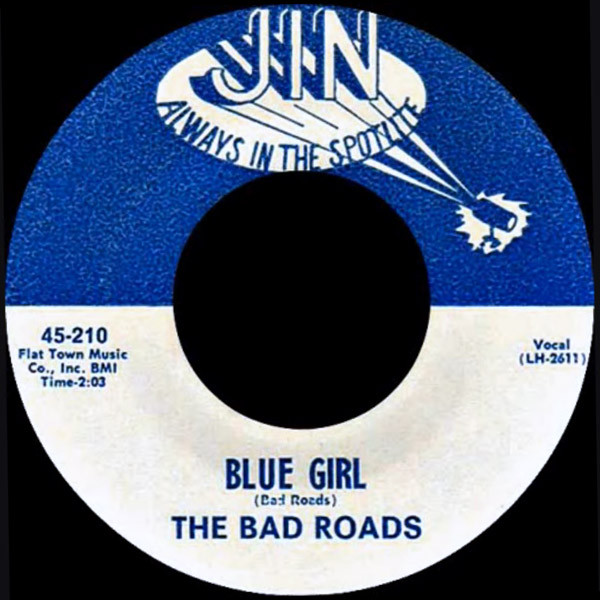
Another Louisiana group, The Bad Roads hailed from Lake Charles and released their debut single on the local Jin Records imprint in 1967. While the fuzz guitar lead of “Blue Girl” sounds a little more in line with something from 1965, the band’s energy and talent are undeniable on this stomping proto-punk gem.
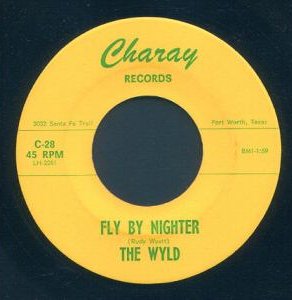
Band origin controversy alert! While their biographies on RateYourMusic and Discogs claim that they were from Greenville, South Carolina, The Wyld’s “Fly By Nighter” can presently be found on the first volume of a garage compilation called Fort Worth Teen Scene. Okay, maybe this isn’t one of the bigger origin controversies – the Carolina group issued four singles on the Fort Worth-based Charay Records – but this is a solid track regardless of where it came from.
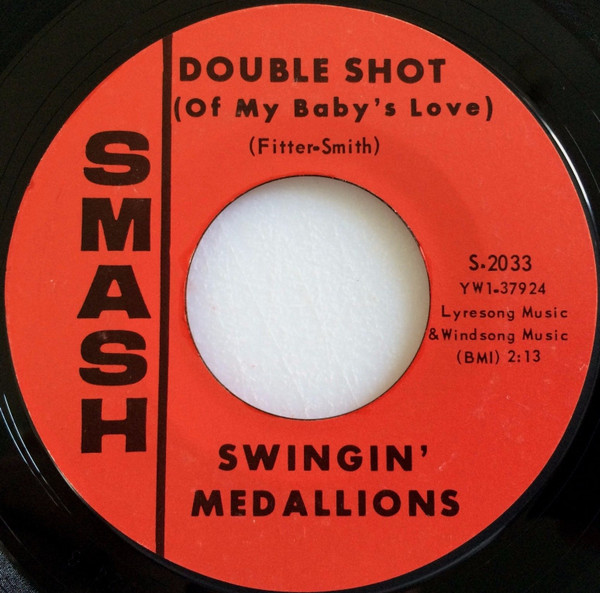
Surpassed by only “Louie Louie” as the frat rock classic, The Swingin’ Medallions’ second A-side is the Greenwood, South Carolina group’s unrivaled peak. Led by the most immortal organ riff that you’ll ever hear outside of “Louie” or perhaps “96 Tears” – this one was played on a Farfisa Combo, whereas “Louie” was a Hammond and “96 Tears” was a Vox Continental – “Double Shot (Of My Baby’s Love)” begs for a group singalong every time that drum roll kicks it off.
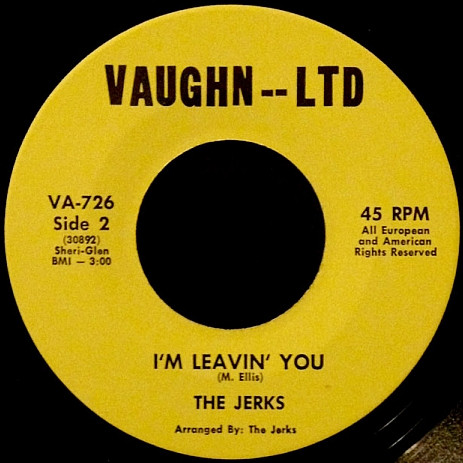
One of five bands on this feature to come from Birmingham, Alabama, The Jerks recorded just one single during their few years together, and it’s the B-side that stands out. “I’m Leaving You” was composed by guitarist/vocalist Mike Ellis. It features solid group vocals in its catchy chorus, and ends on an impressive rave-up style instrumental section.
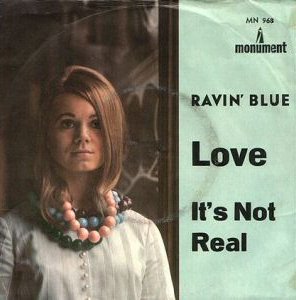
Formed in Starkville, Mississippi – where its members attended Mississippi State University – Ravin’ Blue made a sharp first impression with the A-side to their debut single. “Love” packs in plenty of hooks during its all-too-brief run-time, and – in a rare feat for a little-known garage band – Ravin’ Blue were able to secure a release for the single in several European countries.
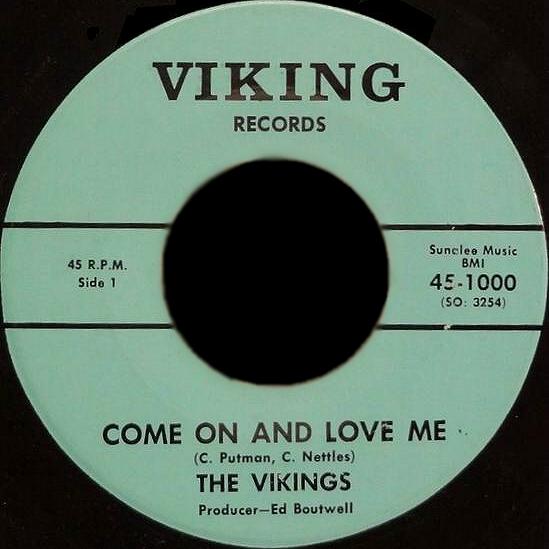
The debut A-side from Birmingham’s The Vikings features some stellar guitar sounds: both in the glassy chords that introduce the track, and in the hooky lead work that runs throughout. While the band’s output was limited to just two singles – the follow-up was the decidedly-non-garage “Cherish the Love You Feel” – “Come On and Love Me” is a fine example of Deep South garage rock.
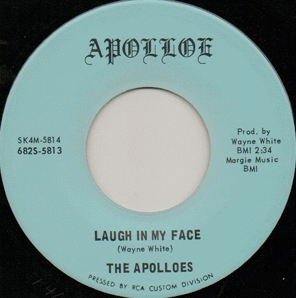
The moody B-side to their debut single, “Laugh in My Face” is an impressive showing from Cochran, Georgia’s The Apolloes. The group’s repertoire ranged from covers of rock standards like “Summertime Blues” and Larry Williams’ “Slow Down” to the dense psychedelia of their 1967 original “Chained and Bound.” This excellent 1965 track finds them operating in a comfortable middle ground.
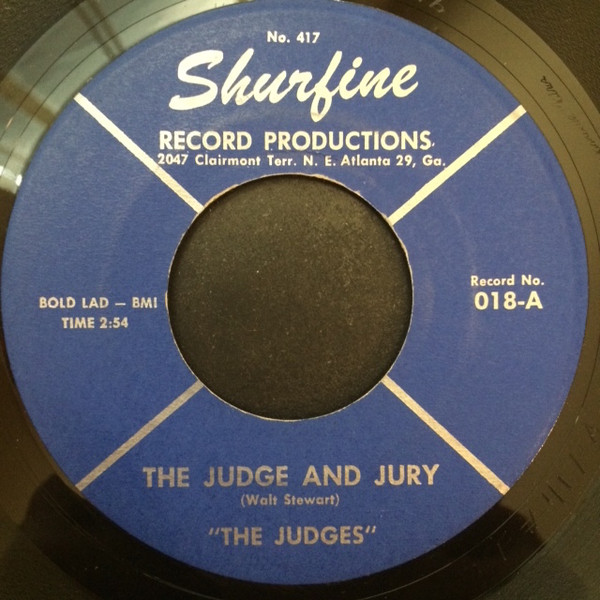
Another Birmingham act, The Judges are one of the most mysterious groups to appear on this feature. The band’s lone A-side, “The Judge and Jury” makes for an impressive legacy on its own. Sinister and swaggering, the track seemed to serve as something of a theme song for the group, and it provides an inventive spin on the “my girl done me wrong” garage rock trope.
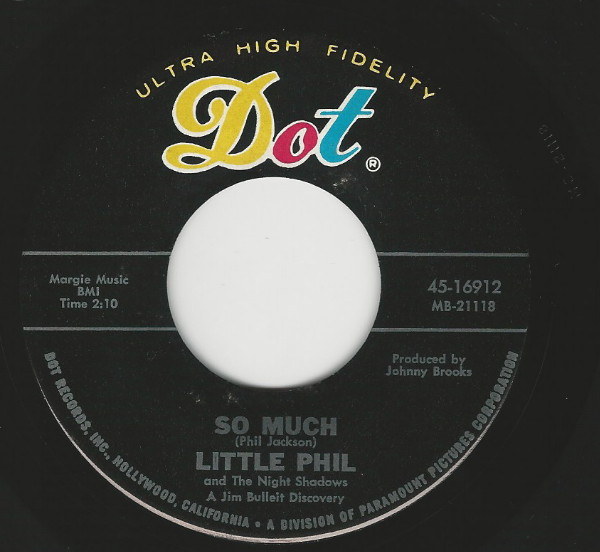
Formed in Atlanta during the late 1950s, The Night Shadows were among the longest-lived bands to be featured on this list. The highlight of their recorded output, “So Much” was recorded after “Little” Phil Ross joined the group in 1964. It’s a simple track, but it covers some of the key bases – melancholic lyrics, a driving beat, and chiming chords – for a garage classic during its compact running time.
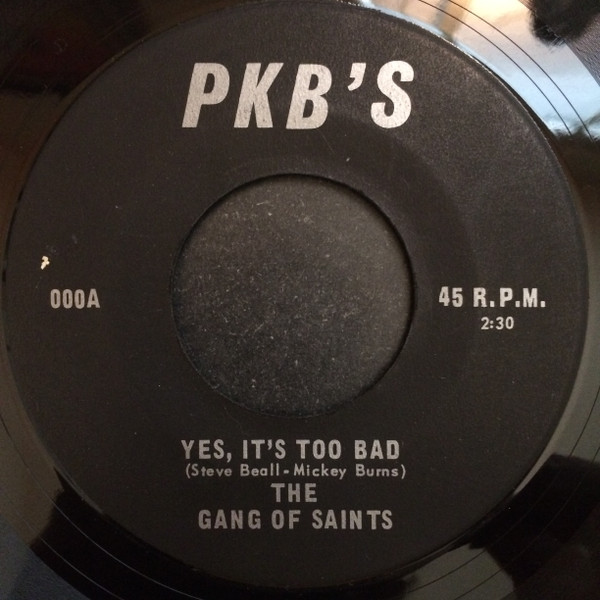
Among the more atmospheric entries on this feature, the sole A-side from Adel, Georgia’s The Gang of Saints is a thoroughly impressive recording. Highlighted by a slinky guitar riff, active bass, and spooky organ, many of the song’s virtues are readily apparent, but it gains additional depth once the admittedly knotty chorus works its way into your brain.
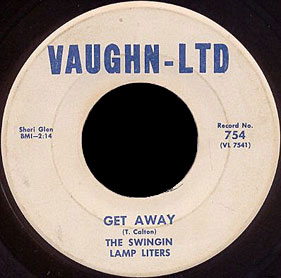
Another lone A-side here, and from yet another Birmingham, Alabama group. There isn’t much to the self-penned “Get Away” from a compositional standpoint – and it probably sounded a little outdated to many prospective listeners by the time of its 1967 release – but The Swingin’ Lamp Liters’ spirited performance goes a long way toward making the recording more than just the sum of its parts.
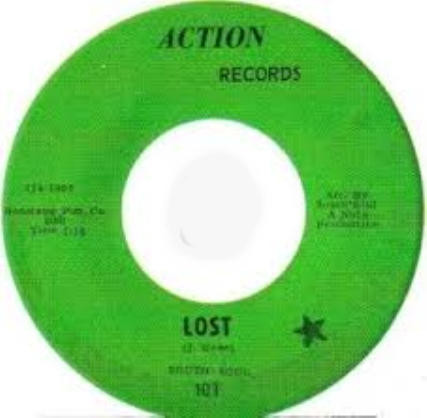
One of the more musically accomplished recordings on this feature, and from another band with just one single in its discography. There’s not much biographical info out there on South’ Soul (and not sure why they felt the apostrophe was necessary), but there’s impressive stuff going on throughout “Lost”: a heavily-mixed bass/drum groove; thick organ that links the track to the “soul” implied in the band’s name; and jangle that proves Peter Buck wasn’t the first southern guitarist to discover arpeggios.
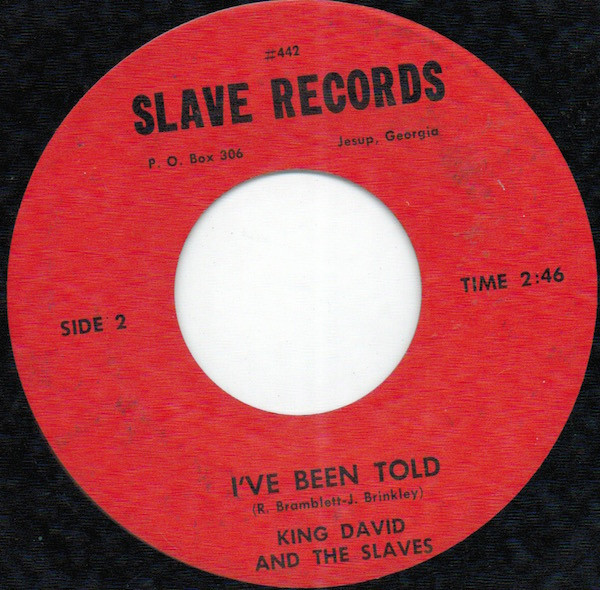
Speak of the Devil… A generation before groups like The B-52s, Pylon, and R.E.M. would make Athens, Georgia the southern epicenter of American independent rock, a questionably-named band on a questionably-named indie label released this excellent, forward-looking proto-punk classic. Combining surfy rhythms, solid group harmonies, and an airy, wandering organ, “I’ve Been Told” is a truly outstanding one-off.
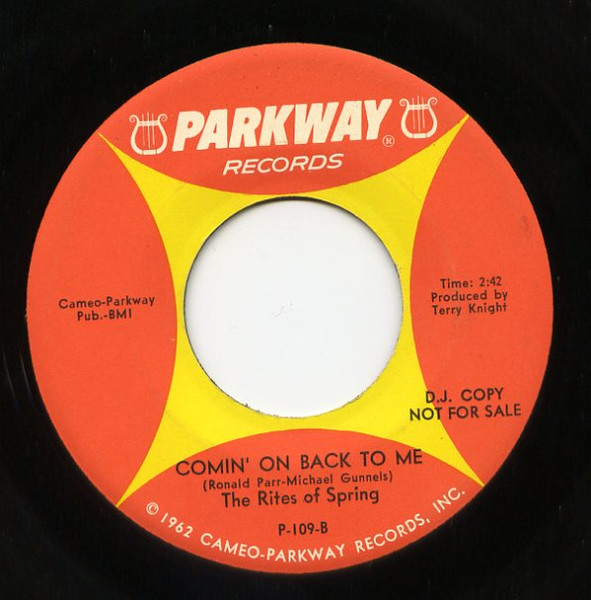
No, not the foundational emo band. The Rites of Spring are the last of our five Birmingham bands on this feature. An inventive track that blends the dirty garage sound with elements of baroque pop (dig the combination of fuzz guitar, chirpy organ blasts, and glockenspiel), “Comin’ On Back to Me” is an impressive ensemble performance from a band that were clearly talented enough to have landed a hit.
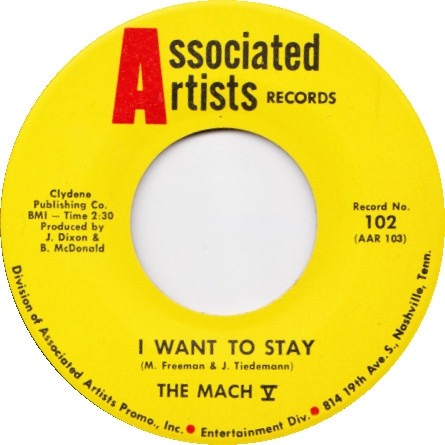
Though it sounds like typical garage fare on the surface, there’s an impressive amount of lyrical depth to the lone A-side from Savannah’s The Mach V. “If I Could” finds its narrator – both bassist Mitch Freeman and guitarist/organist Robbie Anderson are credited as lead vocalists on the band’s RateYourMusic page – growing increasingly frustrated by the world around him, and finding little solace in the drugs or relationships that he turns to.
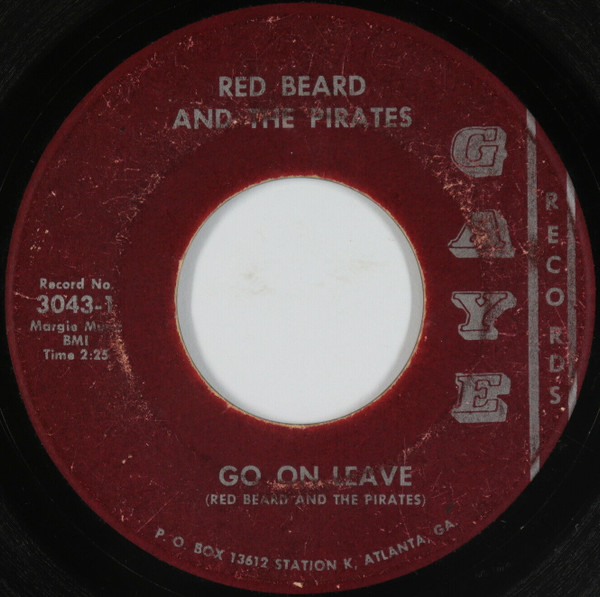
Led by drummer Larry “Red Beard” Carruth, Red Beard and The Pirates hailed from Blue Ridge, Georgia, a small town near the North Carolina border. It would appear that the Pirates traveled down to Atlanta to record the blistering “Go On Leave”: the A-side to their lone single, which appeared on the Atlanta imprint Gaye Records. A fierce track with slashing chords and a sneering lead vocal from Don Miller, “Go On Leave” is a should-have-been garage classic.
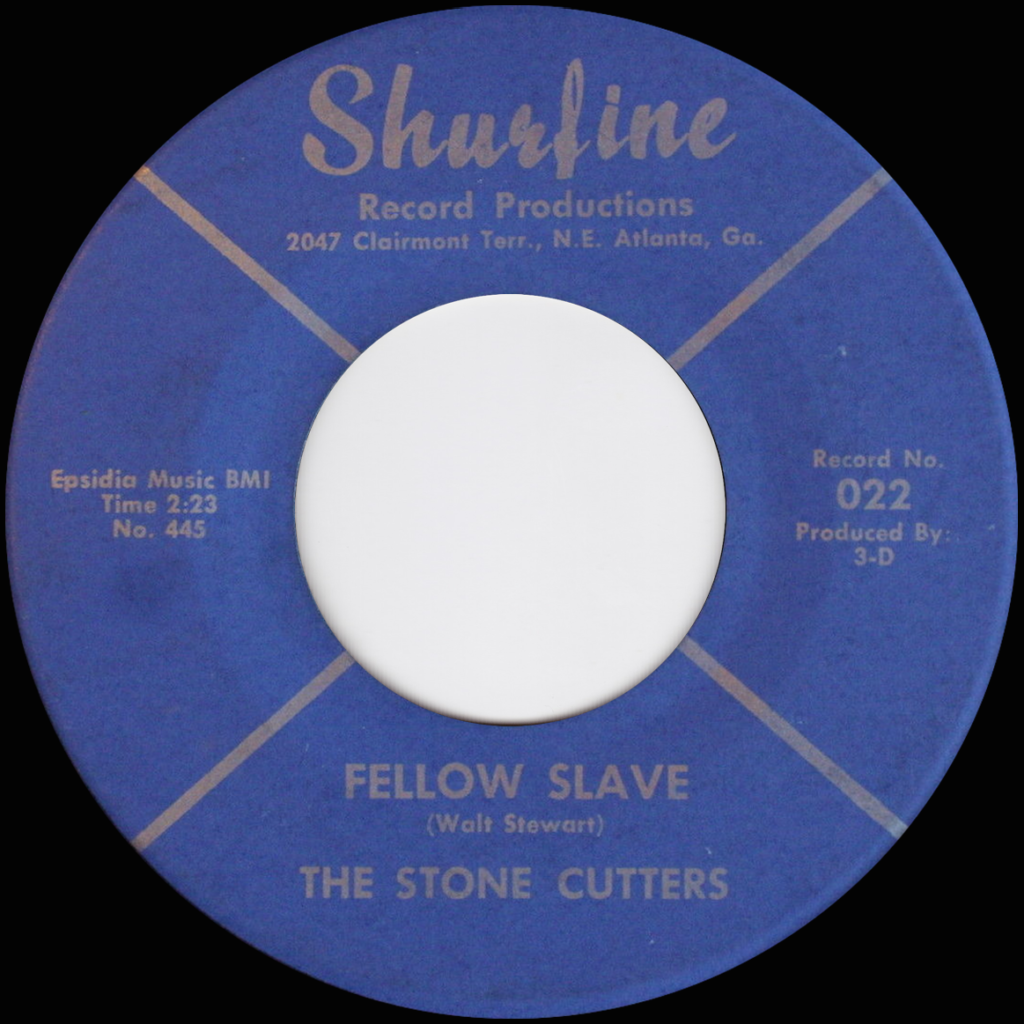
A killer track from Atlanta’s Stone Cutters, “Fellow Slave” was the A-side to the group’s only single. Dark and haunting, the track is carried by its brisk pace and a menacing fuzz guitar lead. Equating life’s hardships with slavery is a bit melodramatic – and more than a little problematic, especially for a (presumably) white band from the Deep South – but this is a great cut regardless.
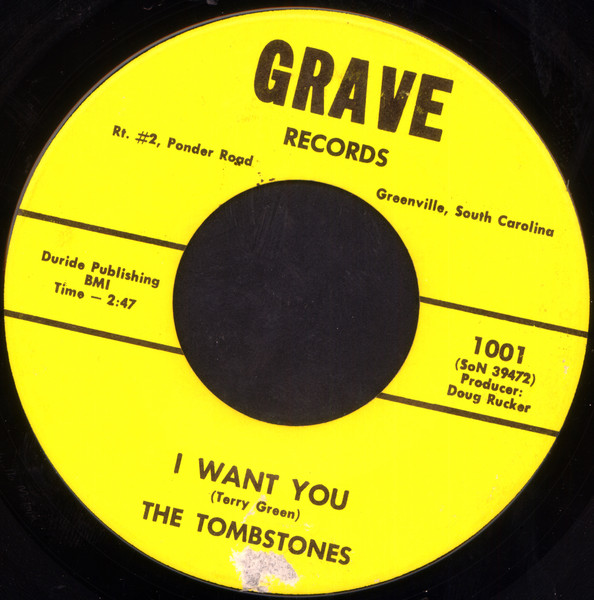
Greenville was something of a garage rock hotbed during the mid-sixties, with three bands on this feature coming from the South Carolina town. Like most of their contemporaries, The Tombstones didn’t release much music during their time together – just a solitary single on their own appropriately-named Grave Records imprint – but “I Want You” is a sharp Bo Diddley homage with a rave-up effectively employed in its closing fade.
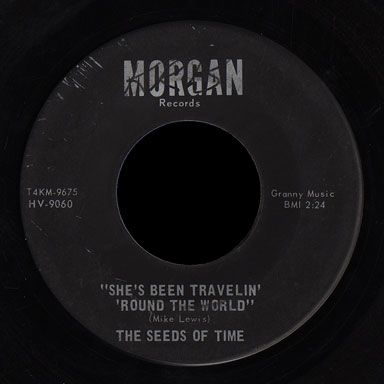
It’s hard to definitively tell if it’s the recording or the particular copy that is featured on YouTube, but The Seeds of Time’s debut A-side appears to trade in a much more “lo-fi” sound than any other track on this list, and it gives the urgent, minor-key song a deeper air of mystery. Capitalizing on its evocative title, “She’s Been Travelin’ ‘Round the World” packs a lot of intrigue into its two-and-a-half-minutes, and is a fine showing from the Monroeville, Alabama group.
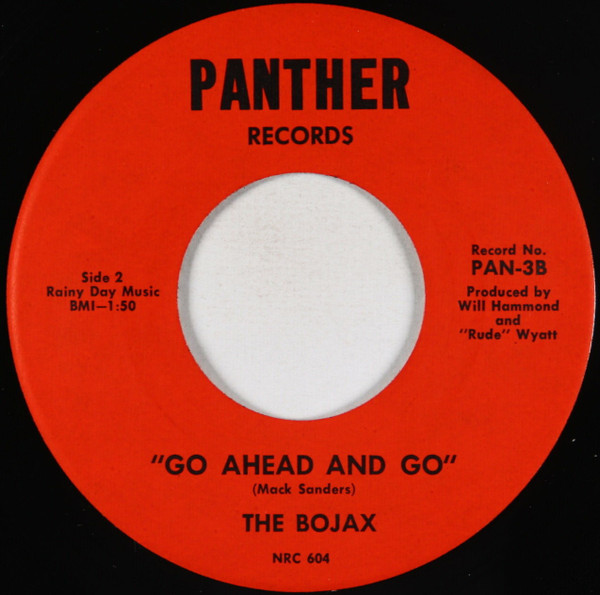
Another solid cut from a Greenville group – who shared at least one member with The Tombstones in guitarist/vocalist Stanley Ward – “Go Ahead and Go” was the flipside to the first release from The Bojax. Written by bassist Mack Sanders, the track matches a pair of guitars – one chugging out a rhythm on the lower strings, while the other sets ringing chords overtop – to solid effect on a punk-anticipating blast of gritty garage.
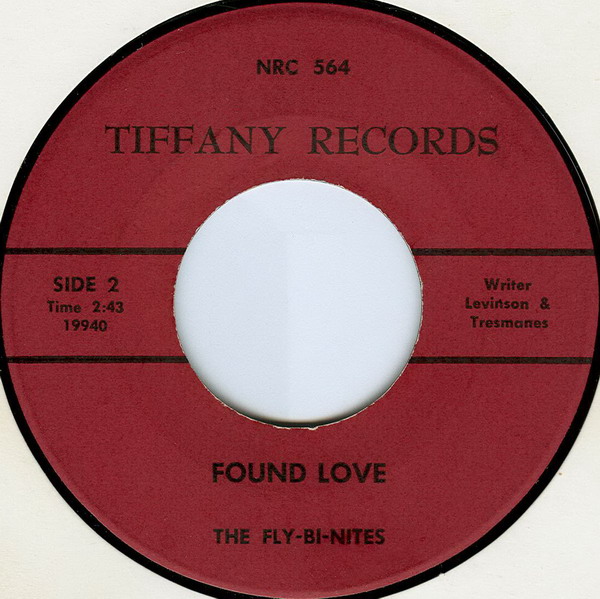
For a city of its stature in the region, Atlanta doesn’t exactly dominate over this feature in the way that one might expect. What the ATL might lack in quantity though is made up for in quality, due in large part to this absolutely stellar track from The Fly-Bi-Nites. An original composition, “Found Love” has become one of the most treasured garage classics, with original copies of the haunting track going for absurd prices on the collectors market. It would gain additional notoriety in 2013, after appearing in a memorable scene from Mad Men‘s sixth season.
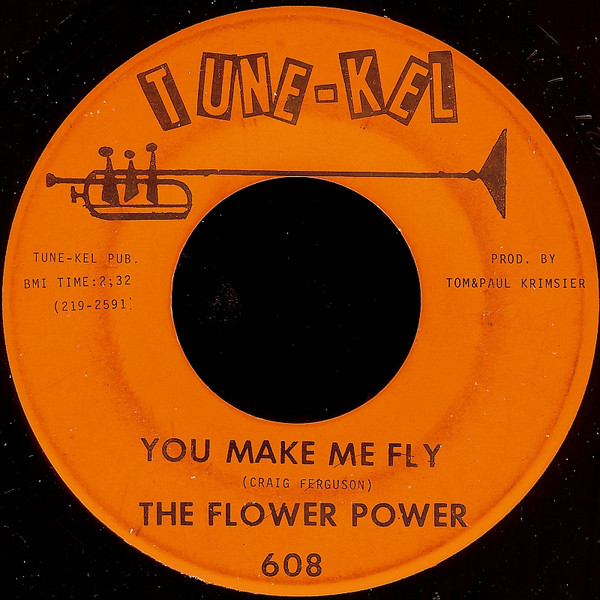
While it does contain definite elements of psychedelia, “You Make Me Fly” is probably a little more garage-y than one might expect from a band called The Flower Power. The Gulfport, Mississippi group would release five singles between 1968-69 – including the well-regarded 1968 B-side “Mt. Olympus” – but this buzzy track arguably stands as the best of the bunch.
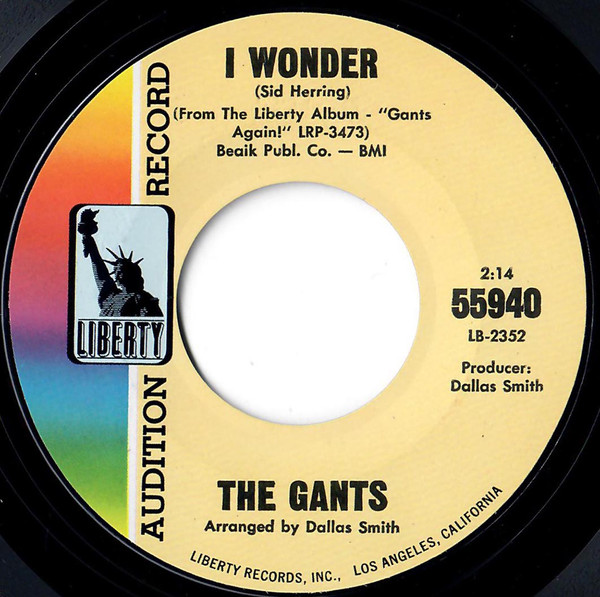
As we get into the more psychedelic portion of the program, the signature single from Greenwood, Mississippi’s The Gants may sound slightly out of place with its charming pop perfection, but there’s never a truly bad time to revisit this classic. “I Wonder” may strike some garage aficionados as too lightweight, but its inclusion on the 1998 expanded Nuggets collection makes it fair game for this feature.
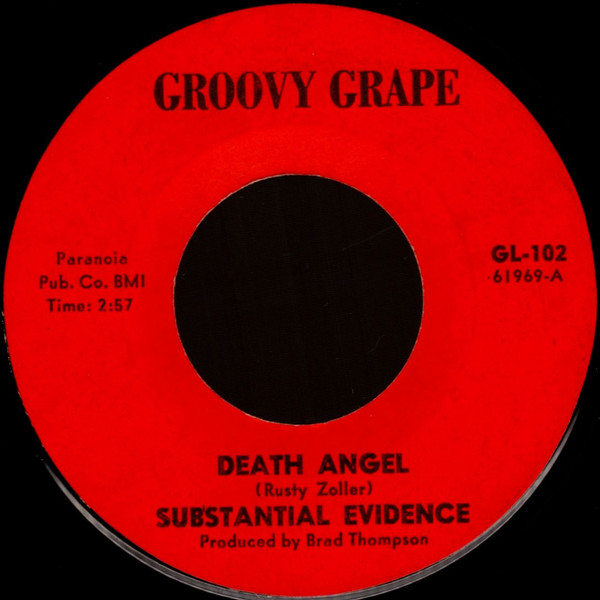
Defined by its buzzing organ and a vocal melody that recalls “Walk Away Renee,” the lone A-side from Biloxi, Mississippi’s Substantial Evidence stands in sharp contrast to most of the heavier, guitar-led tracks on this feature. What it shares though is an undeniably homespun charm that makes an already-solid song even more endearing.
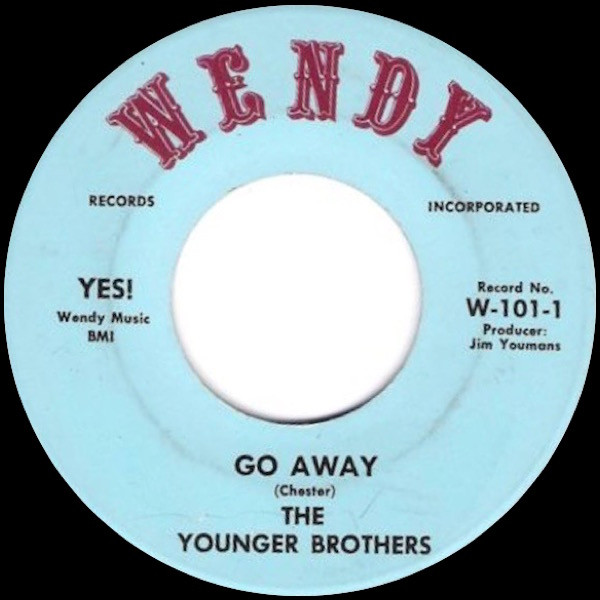
A track that deftly straddles the line between garage and psych, the second and final A-side from Georgia’s The Younger Brothers features inventive use of the backwards masking effect that The Beatles first began using during their 1966 Revolver sessions. “Go Away” is a subtle track, but one that shows impressive compositional, arrangement, and production skills.
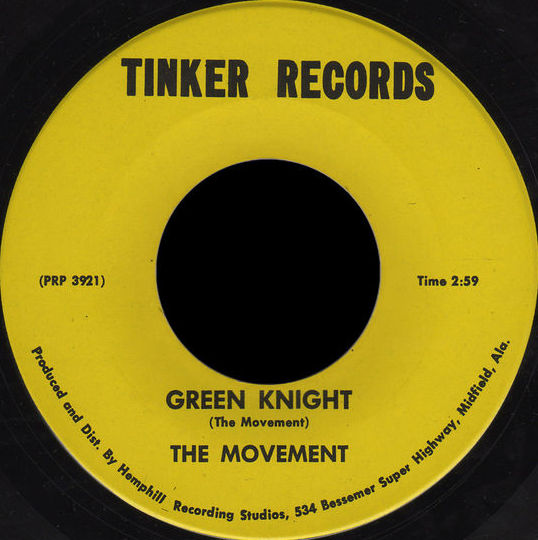
Highly reminiscent of The Blues Project’s 1966 version of “I Can’t Keep from Crying,” “Green Knight” may not be the most original track featured here, but it’s a solid showing from Midfield, Alabama’s The Movement. The group’s first of two 1968 A-sides, “Green Knight” presents its economical songwriting in a highly spirited performance.
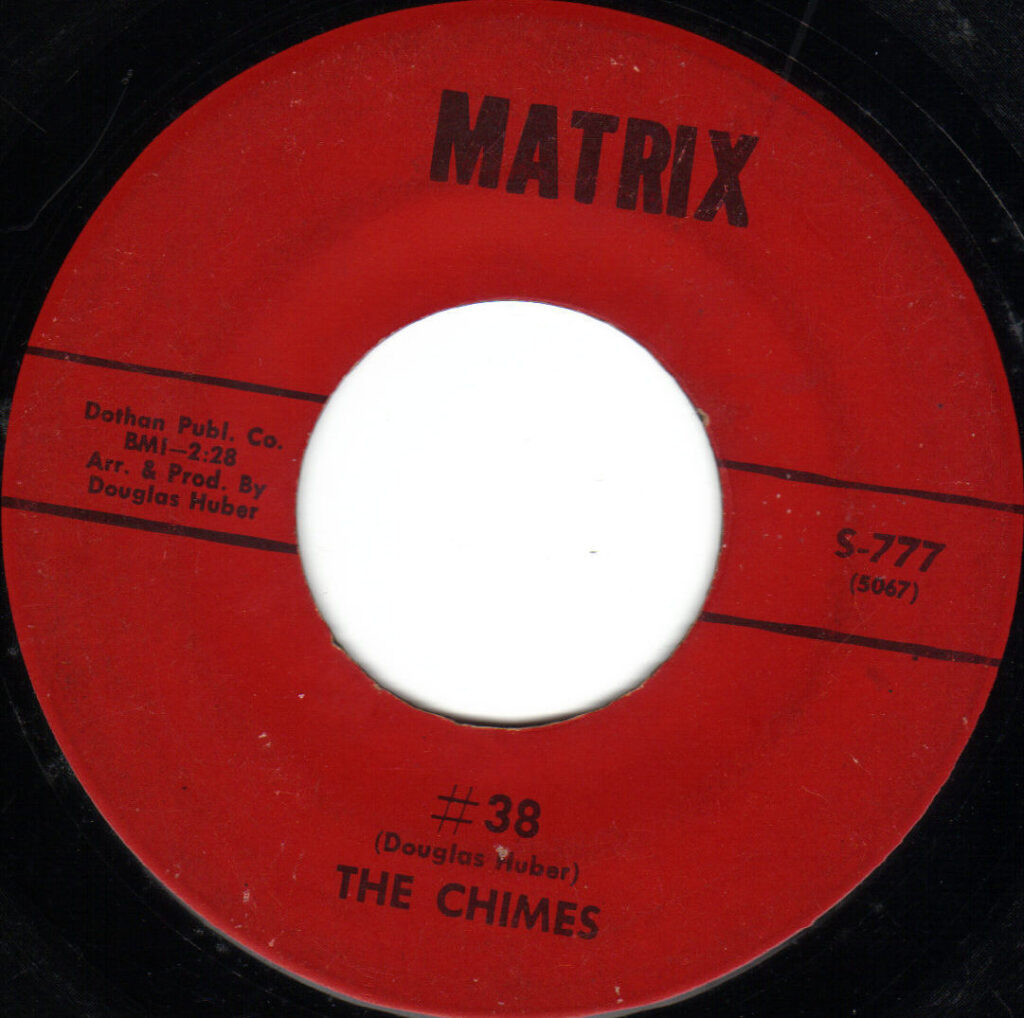
Hailing from Dothan, Alabama, The Chimes impressed on their first and only A-side. A rollicking garage track with vaguely psychedelic elements, “#38” confidently forgoes relying on a vocal melody, instead delivering its vivid sci-fi narrative in the form of spoken word. However, it’s that heavy-tremolo guitar and wailing harmonica that really stand out.
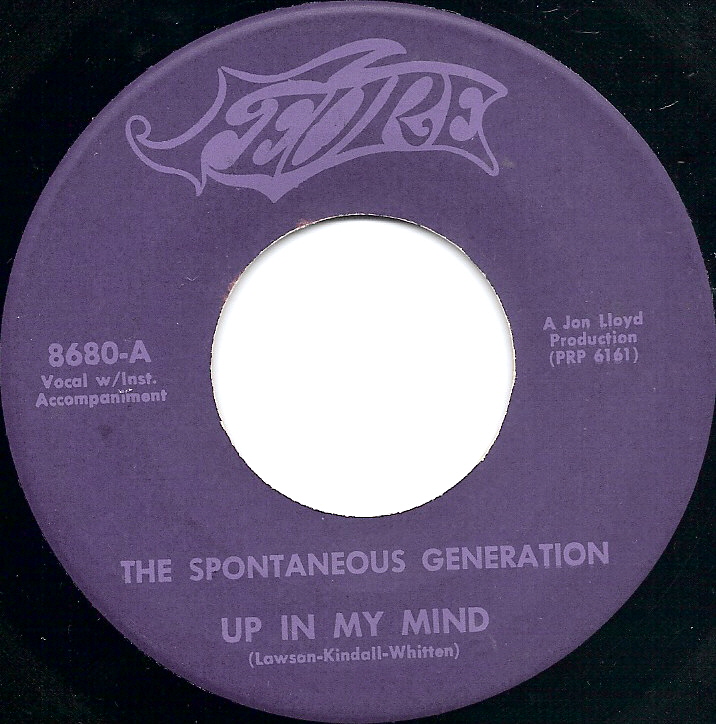
Heavy tremolo also dominates the lone A-side from Atlanta’s Spontaneous Generation. However, everything else about “Up in My Mind” is heavy as well: from the pummeling drums, thick guitar and bass fuzz, and the introspective lyrics that allude to the “altered states” suggested by the track’s trippier elements. It offers definitive proof that the psychedelic scene had reached the Deep South by 1968.
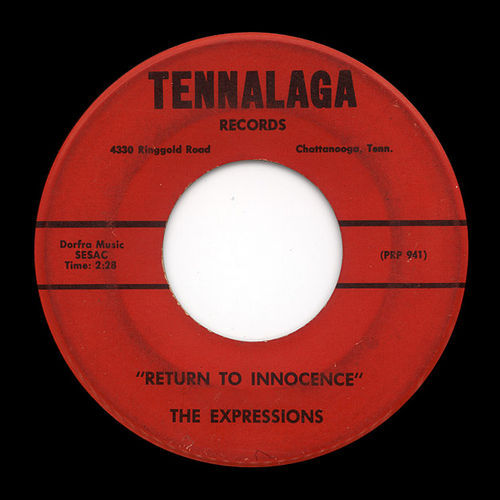
While it feels thematically appropriate to end this feature with a track titled “Return to Innocence,” there is little about the lone A-side from Ringgold, Georgia’s The Expressions that sounds all that innocent. Saturated in thick guitar fuzz and crashing drums, the song is another powerful demonstration of southern psychedelia from a mostly-forgotten group.



